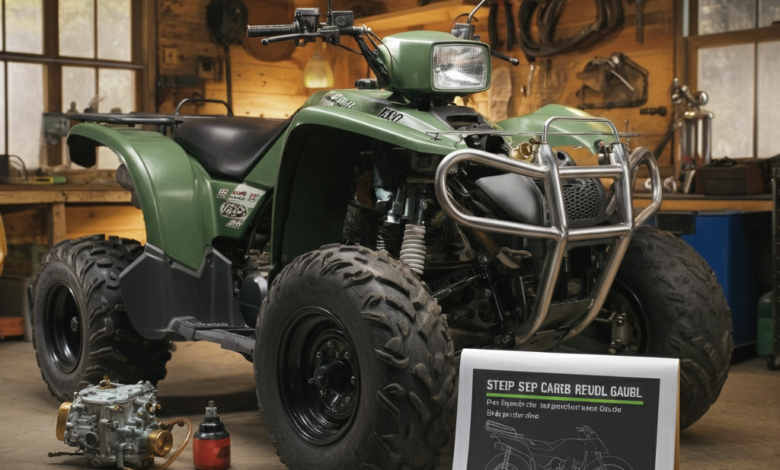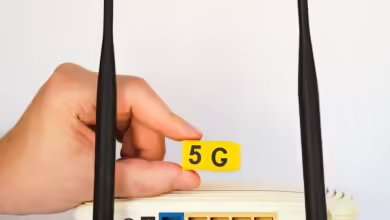1999 Arctic Cat 500 4×4 Carb Rebuild Primer

When your trusty 1999 Arctic Cat 500 4×4 isn’t idling smoothly or sputters at full throttle, it may indicate a problem with the carburetor. A well-maintained carburetor is the heart of peak ATV performance, ensuring your machine runs efficiently in any terrain. This detailed primer will walk you through the process of rebuilding the carburetor yourself, whether you’re an Arctic Cat owner, a DIYer, or an ATV mechanic.
This guide covers everything from tools you’ll need, disassembly, cleaning, and reassembly, to post-rebuild adjustments and troubleshooting. By the time you’re done, your ATV will be back to tackling all terrains like it just rolled off the production line.
Why the Carburetor on the Arctic Cat 500 4×4 Matters
The 1999 Arctic Cat 500 4×4 is known for its rugged build, reliability, and excellent off-road capabilities. However, the carburetor plays a critical role in ensuring smooth engine operation, as it regulates the air-fuel mixture that powers the engine. Over time, carburetors accumulate dirt, fuel residue, and grime, which can lead to poor performance, stalling, or even complete failure to start.
Rebuilding your ATV’s carburetor restores its functionality by cleaning and replacing worn parts. It’s a straightforward process if you follow the steps carefully.
Tools and Materials Needed for a Carb Rebuild
Before you begin, gather the tools you’ll need for a seamless carburetor rebuild. Having all items on hand avoids interruptions during the process.
Essential Tools:
- Screwdrivers (flathead and Phillips)
- 10mm and 12mm wrench or socket set
- Needle-nose pliers
- Carburetor adjustment tool or small screwdriver for final tuning
- Cleaning brush or pipe cleaners
Supplies:
- Carburetor rebuild kit (specific to 1999 Arctic Cat 500 4×4; includes gaskets, needles, O-rings, and jets)
- Carburetor cleaner spray
- Compressed air (canned or compressor with a nozzle)
- Clean rags or paper towels
- Small containers for parts and screws
- Safety gloves and goggles
Optional (but recommended):
- Ultrasonic cleaner for deep cleaning carb parts
- Service manual for the 1999 Arctic Cat 500
Pro Tip: Always ensure you’re working in a clean, well-lit area to keep contaminants from entering your carburetor.
Step-by-Step Guide to Disassembling the Carburetor
Disassembling the carburetor requires precision to prevent parts from being damaged or lost. Follow these steps carefully:
1. Remove the Carburetor
- Shut off the fuel supply (using the fuel valve) and disconnect the fuel line.
- Remove the throttle cable and choke cable using pliers or wrenches.
- Unscrew the mounting bolts to detach the carburetor from the ATV’s intake manifold.
2. Open the Carburetor
- Place the carb on a clean surface.
- Loosen the screws on the bottom bowl and gently remove it to expose the float assembly and jets.
- Carefully remove the float, needle valve, and jets, ensuring you don’t damage these delicate parts.
3. Take Notes or Take Photos
- Photograph each stage of disassembly. This simple step ensures you can reassemble the parts later without confusion.
Organize loose screws, springs, and small metal pieces in a tray or container for safekeeping.
Cleaning and Inspecting Carburetor Components
Cleaning is arguably the most critical step in rebuilding your carburetor. Even minor debris can cause significant performance issues.
How to Clean the Carburetor Parts
- Carb Body: Spray carburetor cleaner on all ports and channels of the carb body. Use a cleaning brush or pipe cleaner to remove clogged debris.
- Jets and Needle Valve: Extra care is needed. Use a carb wire brush or thin wire to clean out the jets, ensuring fuel flow won’t be restricted.
- Gaskets and Seals: Inspect all seals, gaskets, and O-rings. Replace any that show cracks or wear.
- Float Assembly: Verify that the float moves freely and is not fuel-soaked, as this can disrupt the fuel-air mixture.
Optional Step for Thorough Cleaning
Using an ultrasonic cleaner can remove stubborn grime and ensure every nook and cranny of the carb is spotless.
Post-Cleaning Inspection
After cleaning, check for damage or warping on parts like the needle valve, jets, or carb body. Replace any damaged parts with those from the rebuild kit.
Reassembling the Carburetor
With all parts cleaned and inspected, it’s time to put everything back together.
- Reinstall the jets, ensuring they’re securely seated.
- Fit the float assembly back into place, ensuring the needle valve aligns correctly.
- Replace the carb bowl and tighten the screws evenly to ensure a proper seal.
- Reattach the carburetor to the intake manifold on the ATV and reconnect the fuel line, throttle, and choke cables.
Check that everything is tightly connected before moving on to adjustments.
Adjusting the Carburetor After the Rebuild
After reassembly, fine-tuning the carburetor ensures optimal performance.
1. Set the Idle Speed
Turn the idle adjustment screw clockwise to increase and counterclockwise to decrease the idle speed until you achieve a smooth, steady engine sound.
2. Adjust the Air-Fuel Mixture
- Start the engine and allow it to warm up.
- Slowly turn the air-fuel mixture screw in or out while listening to the engine. Stop adjusting once you get the highest, smoothest idle.
- If needed, consult the service manual for the recommended settings for your Arctic Cat 500 4×4.
Troubleshooting Common Issues
Sometimes, problems can arise even after a rebuild. Here’s how to address common issues:
Problem: Engine doesn’t start.
Solution: Check the fuel supply and ensure the jets are clear. Verify that the needle valve is seated properly.
Problem: Engine idles unevenly.
Solution: Recheck the air-fuel mixture and idle speed adjustments. Ensure there are no leaks in the intake manifold.
Problem: Fuel leaks from the carburetor.
Solution: Inspect the float assembly for improper seating or damage. Replace any faulty components.
Breathing New Life into Your ATV
Rebuilding the carburetor on your 1999 Arctic Cat 500 4×4 may seem daunting at first, but with the right tools, patience, and this guide, you’ll restore your ATV to top performance in no time. A properly functioning carburetor means smoother rides, improved fuel efficiency, and more unforgettable off-road adventures.



